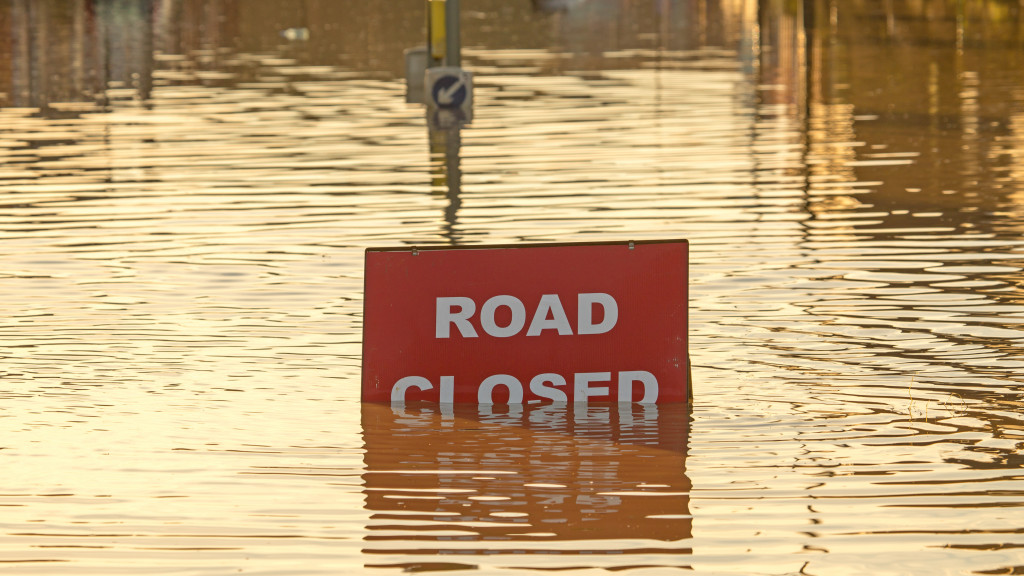Last year was tragic for the United States not only because of deaths caused by Covid-19. PBS NewsHour reports that twenty different natural disasters due to climate change resulted in 688 deaths. This was the highest number of fatalities from disasters since 2011 in the contiguous U.S.
According to the National Centers for Environmental Information (NCEI) of the National Oceanic and Atmospheric Administration (NOAA), there were 11 severe storms, four tropical cyclones, two floods, a winter storm event, a drought event, and a wildfire event. This means that the numerous wildfires across the country are counted as one event.
The 20 extreme weather events also wreaked financial havoc, with each one costing billions of dollars. The 2021 Annual U.S. Climate Report states that tropical cyclones caused the most damage at $78.5 billion, of which $75 billion was due to Hurricane Ida in Louisiana. The February cold snap and snowstorm in Texas, the Great Plains, and the Mississippi River Valley caused damage worth $24 billion. The Guardian notes that the wildfires in Colorado alone destroyed nearly 1,100 homes and caused damage worth $10 billion. The total cost for the country for all 20 events was $145 billion.
Not included in the list of billion-dollar disasters is the 24-hour rainfall that hit Tennessee last year, resulting in major floods and many fatalities. It was a record amount of rainfall for the state and any U.S. non-coastal state. Such events can still wipe out families’ finances as homes and properties are destroyed. In a survey by PBS NewsHour with Marist and NPR in October 2021, they found that almost a third of Americans personally suffered from the effects of at least one extreme weather event since 2020.
Natural Disaster Coverage of Home Insurance
Homes purchased with a mortgage have homeowners’ insurance because lenders require it. Other homeowners must realize that this is essential to protect their property and belongings. The insurance company will compensate them for damage or loss due to theft. It also covers them for costs of personal liability when other people are injured or other people’s belongings are damaged within their property.
According to Bankrate, homeowners’ insurance covers damage from fire, explosion, and natural disasters such as tornadoes, hurricanes, volcanic eruptions, lightning, and extreme cold. For extreme cold, property damage from heavy snow, sleet, ice, and burst pipes are covered.
Flooding from any of these natural calamities is not covered, though. In addition to flooding, homeowners’ insurance also does not cover earthquakes, tsunamis, and nuclear events.
Even if the home is damaged by a covered disaster, it is usually difficult for homeowners to get their claim from the insurance company. It is common for people to encounter delays in attending to their claims and low assessments of the cost of damage. If the claim is high enough, it may be worth it for them to hire an insurance lawyer to get what is just.
Differences in Types of Policies

According to the Insurance Information Institute, homeowners must closely study the insurance policy before signing on. A policy that specifies replacement cost may have a higher monthly payment than one that specifies actual cash value, but the former is worth the additional monthly expense. This is because it requires the insurance company to replace belongings with new ones no matter how old the appliances were, for instance. Meanwhile, if the policy specifies actual cash value, the insurance company will only pay the depreciated value of the belongings based on their age.
Homeowners must list down and photograph their belongings and include these documentations in their policy. This will ensure that they will be properly compensated when needed.
Homeowners must also find out about the current building costs in their area and constantly update their policy accordingly with a guaranteed replacement cost. This is so that the insurance company will have to replace their home if needed with one that is up to par.
Paying more for an extended replacement cost policy will mean that the insurer will pay the homeowner about 20 percent or more. This will cover the difference if building costs have gone up from the last time the policy was updated.
Additional Coverage
Flooding causes expensive damage to homes. Because homeowners’ insurance does not cover this, the U.S. Federal Emergency Management Agency (FEMA) manages the National Flood Insurance Program (NFIP). The public can access it directly from the program or through 50 authorized insurance companies. Government-backed mortgages require homes and businesses located in flood-prone areas to have this flood insurance.
Flood insurance is available for homeowners, business owners, and renters alike. It can cover both the structure and its contents or only the contents for renters, with a separate policy for the structure’s owner.
Disaster preparedness is a must in the current state of the planet. Getting adequate coverage for property and belongings is part of such preparations.
